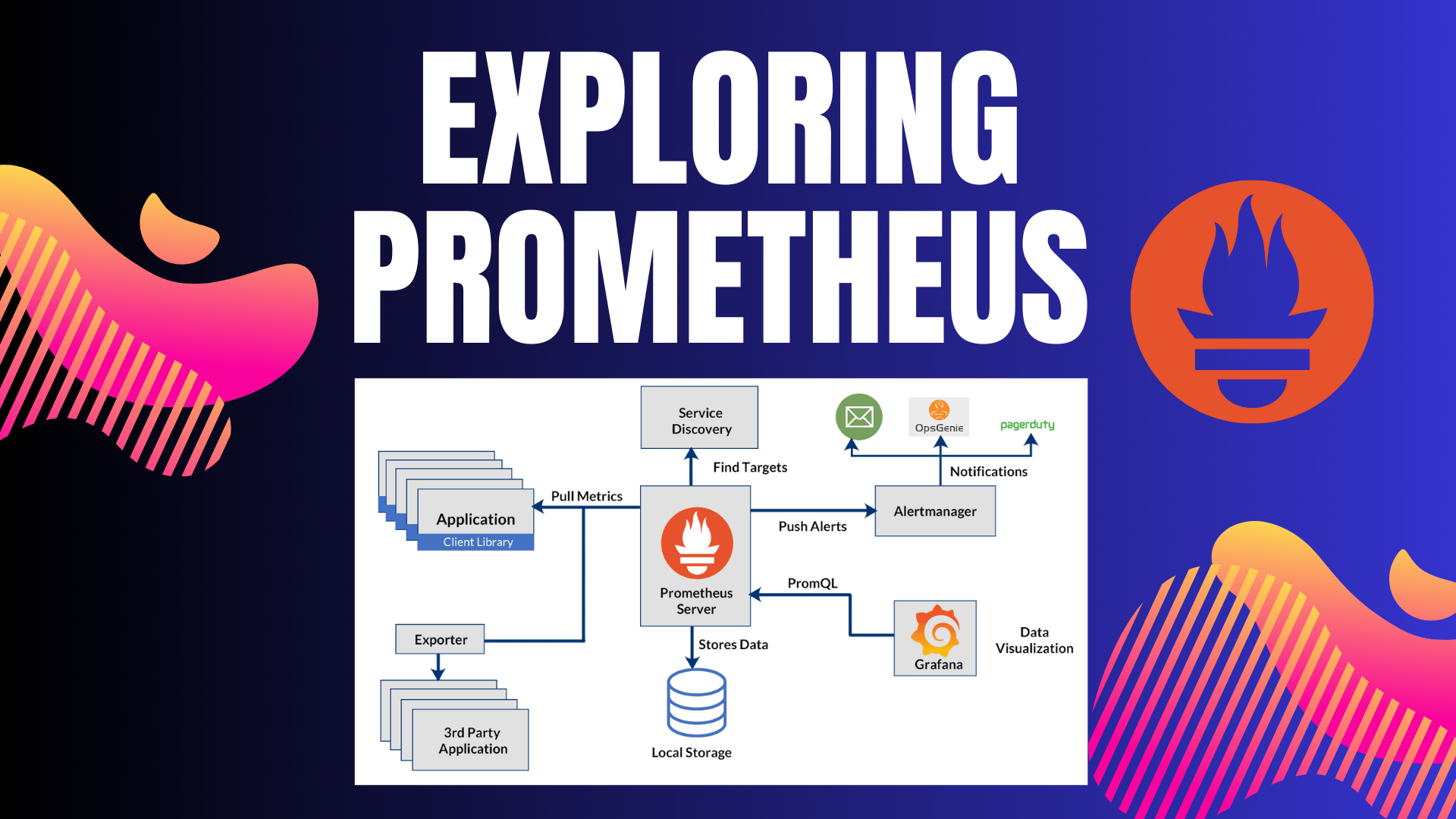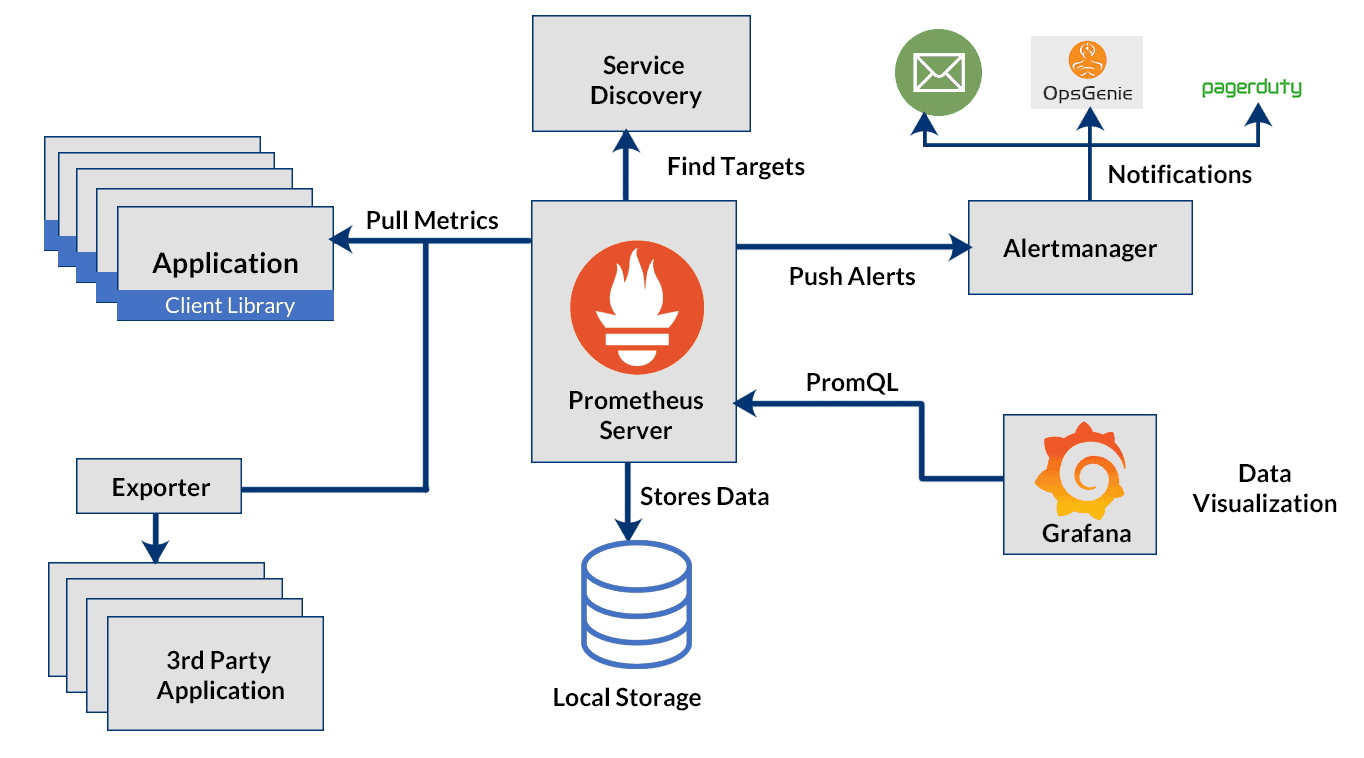Exploring Prometheus: A Beginner-Friendly Guide
 Rohit Deore
Rohit Deore
Understanding Prometheus
Prometheus is an open-source monitoring and alerting system designed to make managing systems easier. It's a critical tool in modern DevOps practices. Let's dive into its key features and how it works.
Key Features of Prometheus
1. Flexible Data Model
Prometheus uses a smart data model that makes it easy to store and analyze time-series data. This allows for versatile querying and analysis.
2. User-Friendly Query Language: PromQL
Prometheus has its own query language called PromQL. It's powerful yet straightforward, making it easy to extract meaningful information from your data.
3. Efficient Data Collection
Prometheus pulls data from your configured targets at regular intervals. This means you get real-time updates on your system's performance.
4. Dynamic Service Discovery
Prometheus can automatically find new targets in dynamic environments. This reduces manual configuration and helps in scaling your monitoring setup.
5. Alerting Capabilities
Setting up alerts in Prometheus is a breeze. You can define rules based on your metrics, and when conditions are met, Prometheus will notify you through various channels.
How Prometheus Works

1. Storing Data
Prometheus stores time-series data efficiently on your local disk. Each data series is identified by a unique metric name and associated labels. This allows for speedy retrieval of metrics.
2. Getting Metrics: Targets and Scraping
Prometheus discovers targets through service discovery or static configuration. It regularly collects metrics from these targets. Targets can be HTTP endpoints, exporters, or even other Prometheus instances.
3. Time Series Database (TSDB)
Prometheus uses a specialized database optimized for handling time-series data. It organizes data into chunks and applies compaction techniques for efficient storage.
4. Querying with PromQL
Prometheus processes PromQL expressions, letting you explore and analyze collected data. PromQL offers a range of functions for data manipulation and aggregation.
5. Alerting and Notification
Alerting rules you set up are checked at regular intervals. When an alert condition is met, Prometheus sends alerts to the Alertmanager. This tool routes and manages notifications.
6. Integration with Grafana
For visualizing data, Prometheus often pairs with Grafana. Grafana connects to Prometheus, allowing you to create informative dashboards.
Thank you for taking the time to read my blog! Your feedback is incredibly valuable. Please feel free to share any suggestions or insights in the comments section below. I would love to hear about your experience!
Keep Exploring...
Subscribe to my newsletter
Read articles from Rohit Deore directly inside your inbox. Subscribe to the newsletter, and don't miss out.
Written by

Rohit Deore
Rohit Deore
Student and Developer